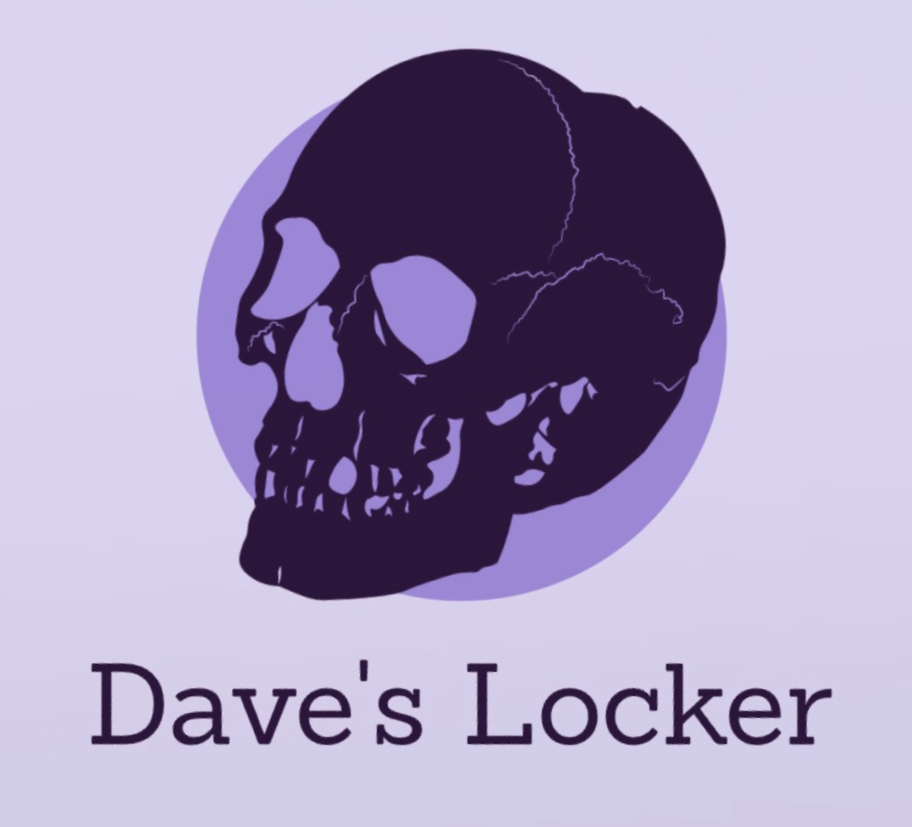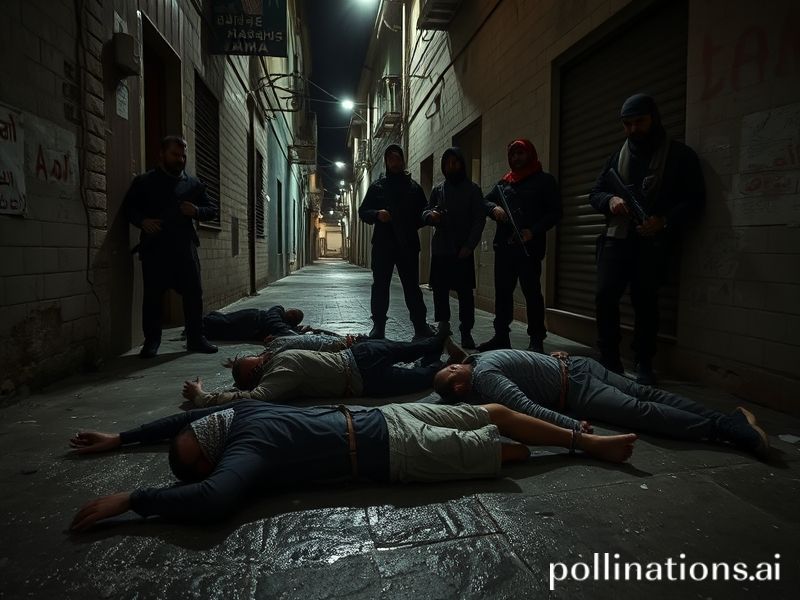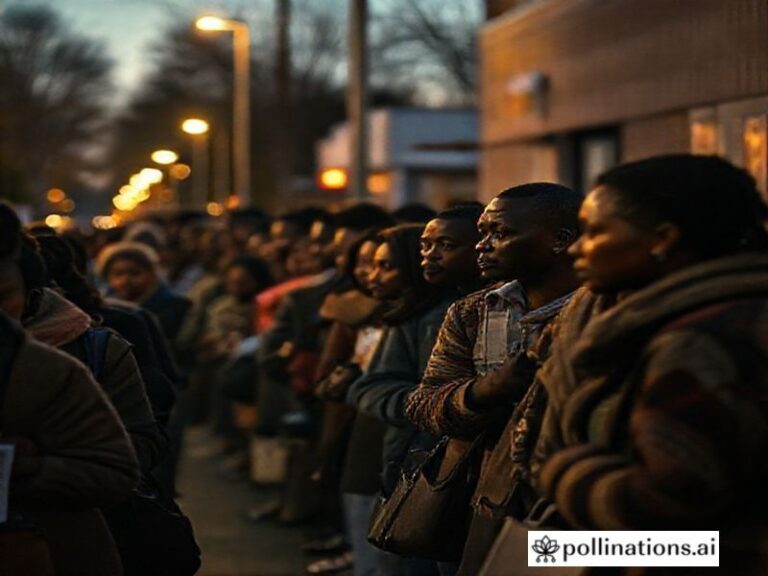Hamas Executions: The Dark Side of the Internet’s Viral Vortex
# **Hamas Executions: The Dark Side of the Internet’s Viral Vortex**
In the vast, chaotic ocean of the internet, trends come and go like digital waves. Some are harmless—think dance challenges or memes about a certain squid game. Others, however, are darker, more sinister, and far more consequential. Enter the trending topic of “Hamas executions,” a grim reminder that the internet isn’t just a playground for cat videos and TikTok stardom. It’s also a battleground for information, misinformation, and the brutal realities of global conflict.
### **Why Is This Trending?**
The term “Hamas executions” has surged in search queries and social media discussions, largely due to the escalating conflict between Israel and Hamas in the Gaza Strip. Videos and images of alleged executions by Hamas have spread like wildfire across platforms like Twitter, Reddit, and Telegram, sparking outrage, debate, and a deluge of conspiracy theories. The internet, ever the amplifier of both truth and falsehood, has turned this into a viral sensation—not because it’s entertaining, but because it’s horrifyingly real.
### **Cultural Context: The Internet as a Battlefield**
The internet has long been a tool for both sides of any conflict. It’s where narratives are shaped, where propaganda is disseminated, and where the world watches in real-time as history unfolds. In this case, the “Hamas executions” trend is part of a larger digital war over perception. Both sides are vying for control of the narrative, and the internet is the ultimate battleground.
For context, Hamas is a Palestinian militant group that has been in conflict with Israel for decades. The recent surge in violence has led to a flood of graphic content online, much of which is unverified but widely shared. The internet’s algorithmic nature means that shocking, emotionally charged content spreads faster than nuanced, fact-checked reporting. This is why we see trends like “Hamas executions” dominating headlines—they’re designed to provoke, to outrage, and to go viral.
### **Social Impact: The Double-Edged Sword of Virality**
The viral spread of these videos has had a profound social impact. On one hand, it has raised global awareness about the humanitarian crisis in Gaza and the brutality of the conflict. On the other hand, it has also fueled misinformation, polarization, and even calls for violence. The internet’s role in this is a double-edged sword: it can inform, but it can also misinform.
Social media platforms have struggled to balance free speech with the need to curb harmful content. Videos of alleged executions are often removed for violating community guidelines, but not before they’ve been shared thousands of times. This raises important questions about the responsibility of tech giants in moderating content during times of crisis.
### **Why This Topic Matters**
The “Hamas executions” trend is significant for several reasons. First, it highlights the internet’s role in shaping global perceptions of conflict. Second, it underscores the dangers of misinformation in an age where anyone with a smartphone can be a journalist. And third, it serves as a stark reminder that behind every viral trend, there are real people suffering real consequences.
### **Conclusion: The Internet’s Dark Side**
The internet is a powerful tool, but it’s not infallible. Trends like “Hamas executions” show us the darker side of virality—the side where shock value trumps truth, and where the line between awareness and exploitation blurs. As consumers of digital content, it’s our responsibility to approach such trends with critical thinking, empathy, and a healthy dose of skepticism.
So the next time you see a trending hashtag or a viral video, ask yourself: Is this informing me, or is it just feeding into the chaos? Because in the end, the internet isn’t just a mirror of the world—it’s a magnifying glass, and what we choose to amplify matters.







